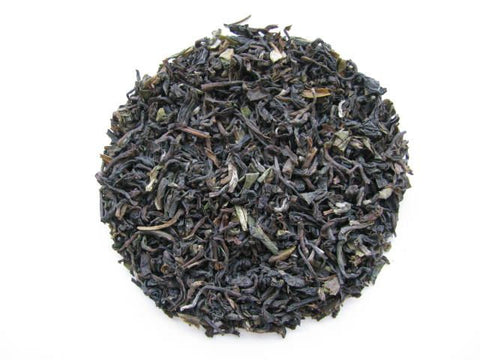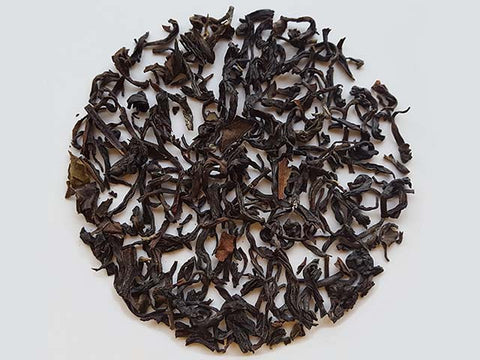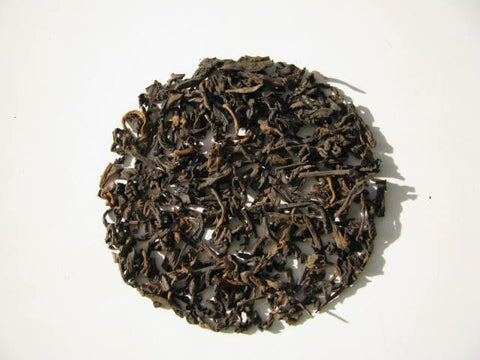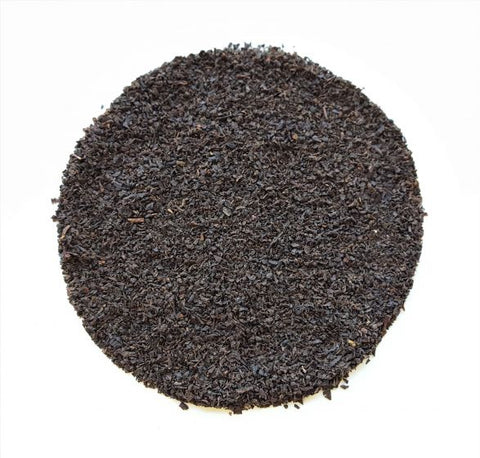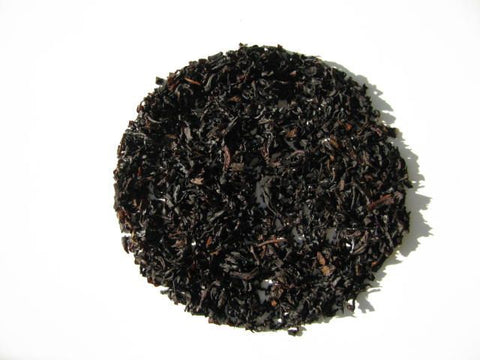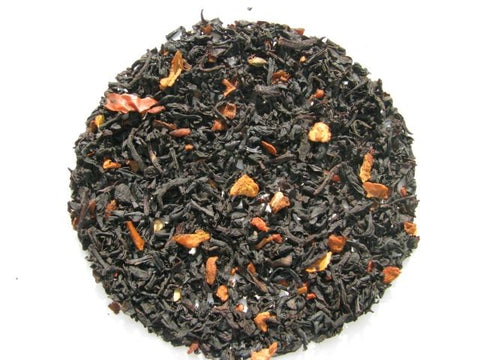Darjeeling Tea
The first and most critical component is the water itself. A high-quality, mineral-balanced water provides the ideal "canvas" for the tea's nuanced flavors. Fresh, cold, filtered water or bottled spring water is recommended, as high levels of minerals in hard water or chemicals like chlorine in unfiltered tap water can dull or alter the taste. Conversely, distilled or deionized water should be avoided, as the lack of minerals results in a flat, one-note flavor.
Next, the water temperature must be carefully controlled, as different Darjeeling flushes require different heat levels to extract their unique characteristics without becoming bitter.
* First Flush: The earliest harvest, or first flush, is light, floral, and delicate. It thrives at lower temperatures, typically between 175°F and 195°F (80°C and 90°C), similar to green tea.
* Second and Autumn Flushes: These later harvests are bolder with a distinct "muscatel" flavor and can handle higher temperatures, ranging from 190°F to 205°F (85°C to 95°C). A good practice is to bring the water to a boil and then let it cool for a minute or two before pouring.
The proper ratio of tea leaves to water is essential for achieving a balanced infusion. A good starting point is one rounded teaspoon (approximately 2.5 to 3 grams) of loose-leaf Darjeeling for every 8 ounces (200-240 ml) of water. Using loose-leaf tea is preferable to bags, as it allows the leaves ample room to unfurl and release their full spectrum of flavor. Preheating the teapot or cup with a splash of hot water is also a small but important step that prevents the brewing water from cooling too rapidly.
Finally, the steeping time should be observed carefully, using a timer to prevent over-extraction. The delicate nature of Darjeeling means that even an extra minute can result in an overly astringent or bitter cup. For most flushes, a steeping time of 3 to 5 minutes is recommended, though some first flushes may be ready in as little as 2 to 3 minutes. Many premium Darjeeling teas, especially later flushes, can be steeped a second time. The second infusion, often longer than the first, will reveal a new set of flavors and
aromas.
The "best" way to brew Darjeeling tea is not a rigid formula but an intimate process of discovery. The ideal brew will ultimately depend on the specific flush and the taster's personal preference. By using high-quality filtered water, controlling the temperature according to the tea's origin, and carefully timing the steep, one can consistently produce a cup that honors the complex, floral, and fruity character of this celebrated tea. Beneath this article the four Darjeeling teas can be shown Balasun, Namring, Singbulli, Puttabong, Goomtee.
